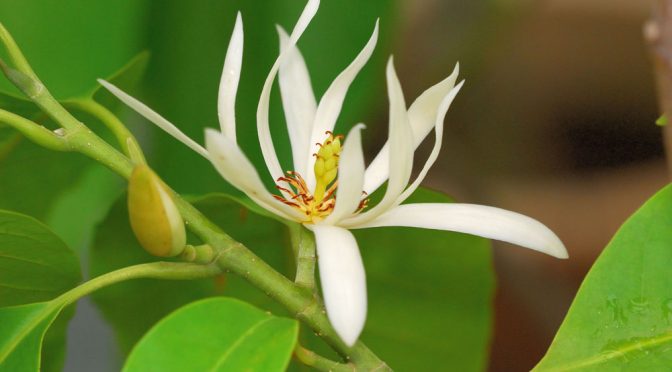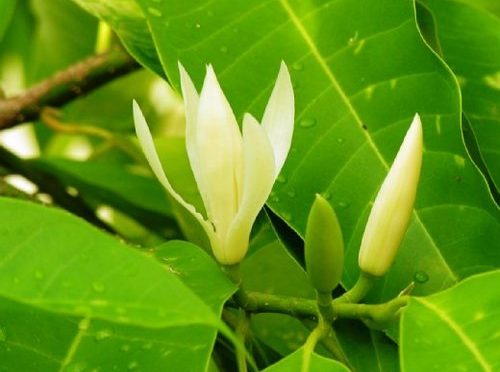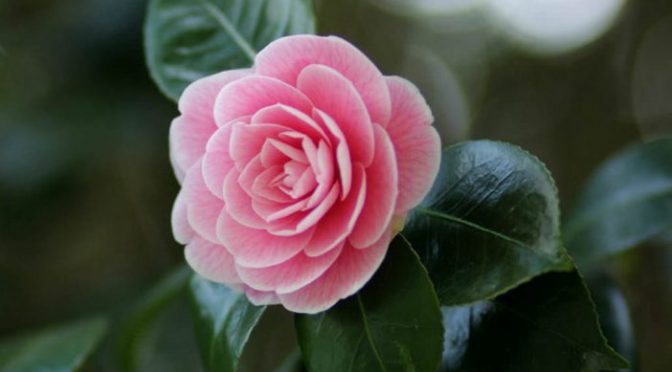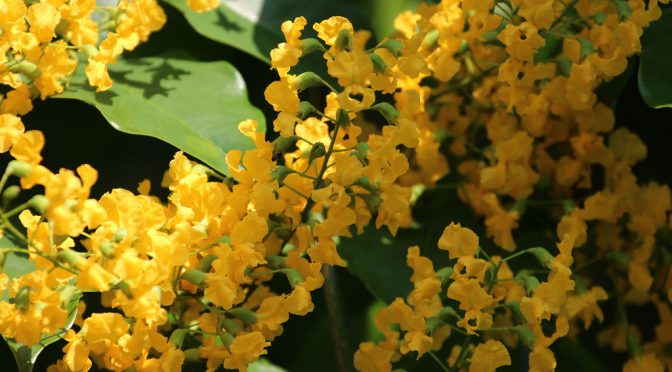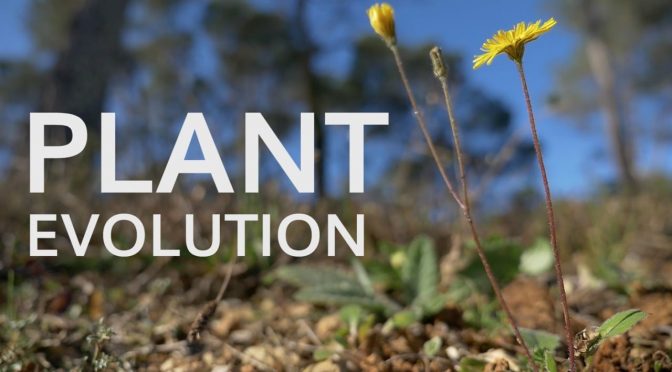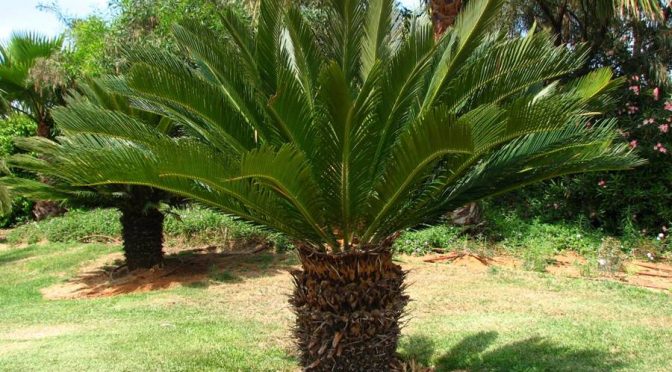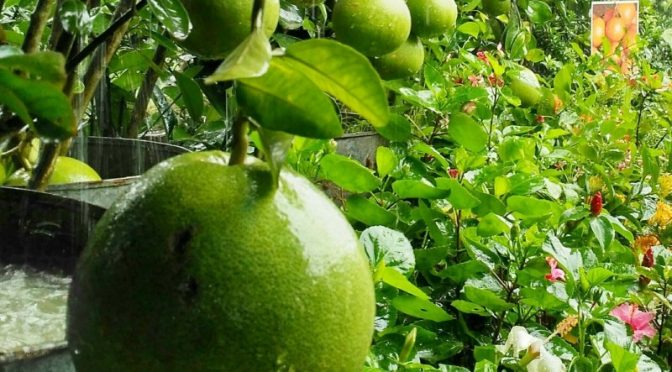
Grapefruit
Grapefruit is a citrus fruit. People use the fruit, oil from the peel, and extracts from the seed as medicine. Grapefruit seed extract is processed from grapefruit seeds and pulp obtained as a byproduct from grapefruit juice production. Vegetable glycerin is added to the final product to reduce acidity and bitterness. Grapefruit juice is used for asthma, high cholesterol, atherosclerosis, cancer, improving levels of red blood cells, a skin disease called psoriasis, and for weight loss and obesity. It is also used to reduce stomach…
